Last-Minute NYC Holiday Gift Guide 🎁
We’ve created a holiday gift guide with presents for the intrepid New Yorker that should arrive just in time—


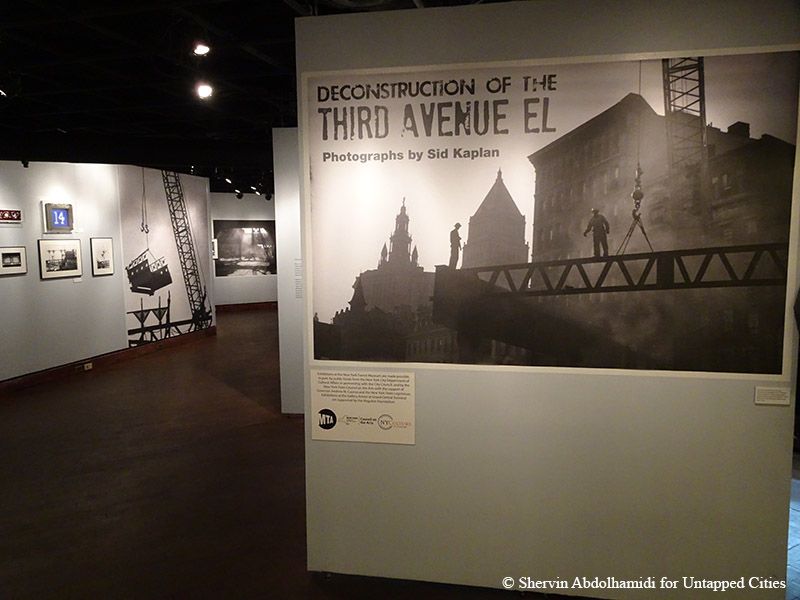
The closing of the Third Avenue Elevated Line began in 1950, with the promise that the last of the towering steel structures of the elevated lines along Third and Second Avenue would be replaced with the Second Avenue Subway Line. As a 17-year-old photographer Sid Kaplan captured stunning pictures of Elevated Line’s demolition through his camera lens. These images are now part of the Deconstruction of the Third Avenue El: Photographs by Sid Kaplan exhibit, which is on display through July 9th at the New York Transit Museum Gallery Annex & Store at Grand Central Terminal.
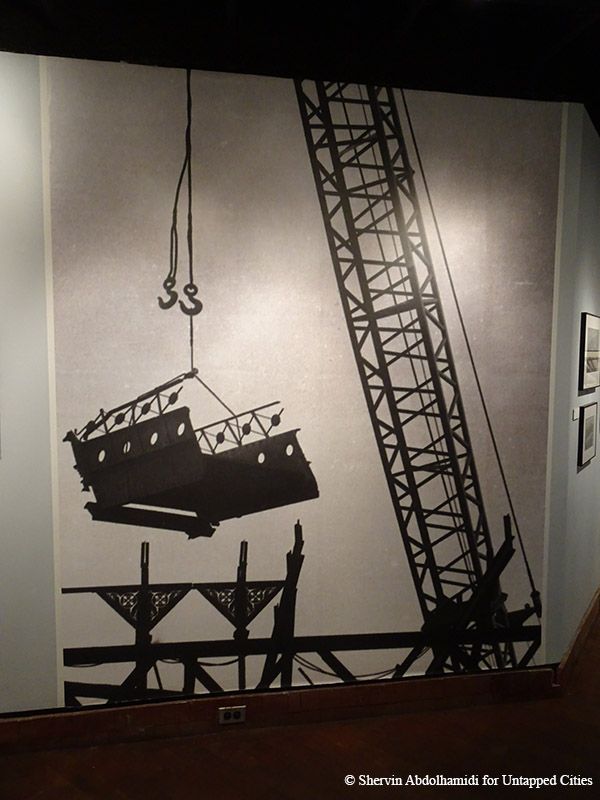
The Third Avenue Elevated was one of four lines that traversed Manhattan. After starting as a steam-powered railroad in August of 1878, the Elevated Line (EL) grew through mergers and acquisitions until it eventually extended from South Ferry all the way to 133rd Street in the Bronx. However, the opening of the Interborough Rapid Transit Company’s (IRT) Lexington Avenue line in 1904 caused a decline in ridership on the EL’s. “The more subways started getting used, the less maintenance the lines received,” Kaplan states. “It got to a point that it was easier to take them down that fixing them.”
According to Kaplan though, the decline of the EL occurred as early as 1888 when the Great Blizzard brought the Elevated Lines to a standstill. With passengers stuck on the tracks, buckets were lowered from the lines to the street level to hoist up food. The severity of the situation, and the vulnerability of the Elevated Lines to inclement weather was one of the reasons the city started to transition to subways for public transportation.
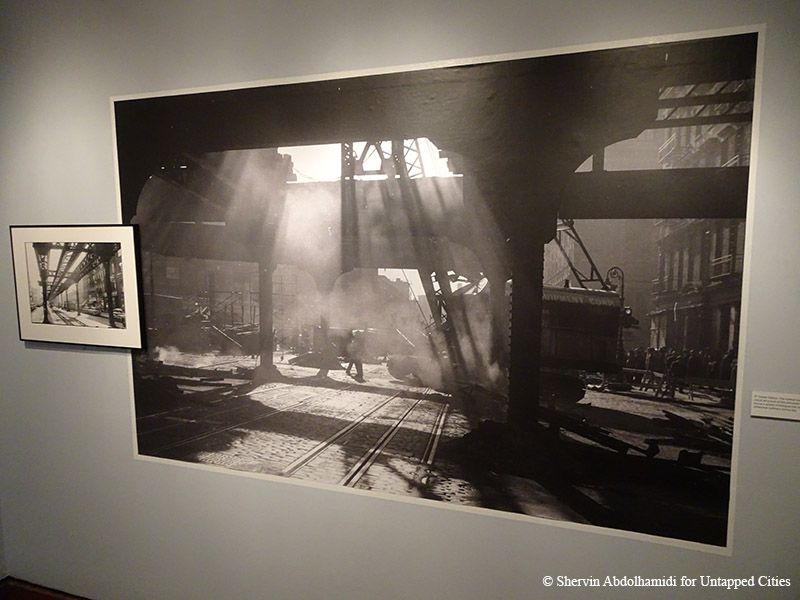
The Third Avenue EL started closing in sections beginning in 1950, with all sectioned closed and deconstruction beginning by 1955. While it took close to a hundred years for the Second Avenue Subway Line to open up, the demolition of the line was completed in under a year. Kaplan, who at the time attended the School of the Industrial Art on 79th Street, between 3rd and 2nd Avenue, regards himself as being “in the right place at the right time.”
As an aspiring photographer, Kaplan photographed the demolition of the line as part of a news photography class. Kaplan tells us how in many occasions he would cut class, sneak up onto the rooftops on nearby buildings to take his pictures. “Walking into any tenant building and walking onto the roof was a foregone conclusion,” he says. “It was a lot easier to do than now.” The pictures, which capture the transformation of the landscape of Third Avenue, have only been displayed twice before: once in 1990, and once as part of his end-of-the-year high school project display.
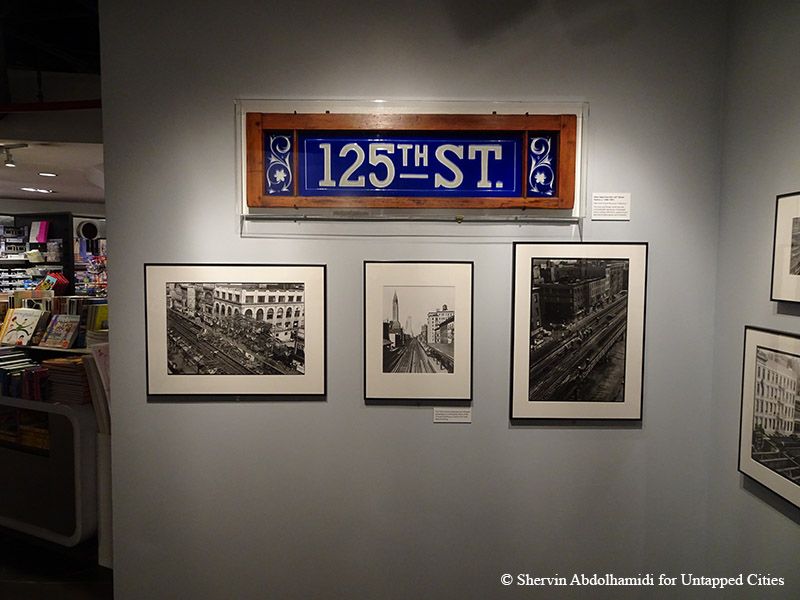
The removal of all the wood and steel—which many complained inhibited business and real estate growth—induced a major influx of population that Kaplan vividly remembers. “Supermarkets started replacing stores like pawn stores, as an influx of residences flocked to the area. Mom and Pop’s, candy stores all disappeared.” he recalls. “It transformed to a whole new different city.”
Kaplan remembers how four-story buildings were replaced with forty-story glass office buildings—and of course the congestion that came with it on the Upper East Side, especially on the overtaxed Lexington Avenue Line. It wasn’t until January of 2017 when the congestion was partially alleviated with the opening of the Second Avenue Line.
Sid Kaplan’s photographs portray a significant transition in the city’s public transportation, and the subsequent transformations of Third Avenue. His images also underscore the potential importance of many of the civil projects that are going on everyday in the city.
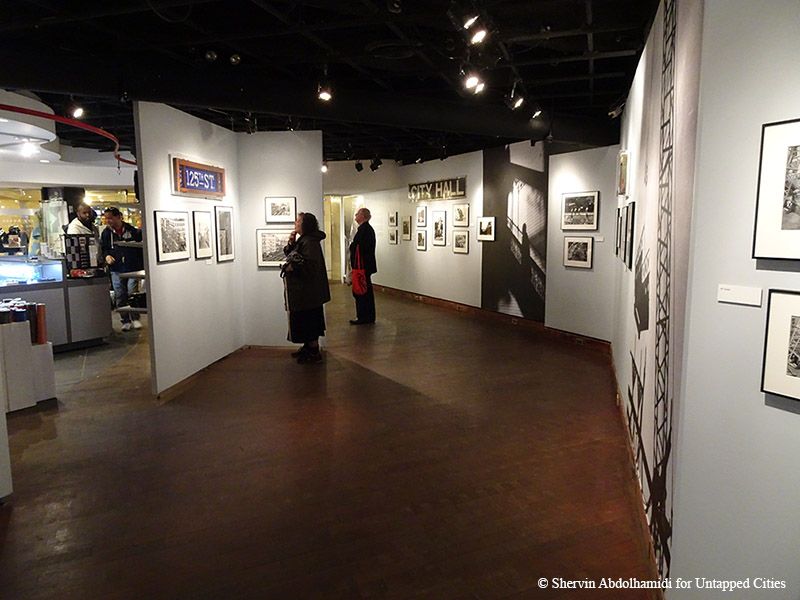
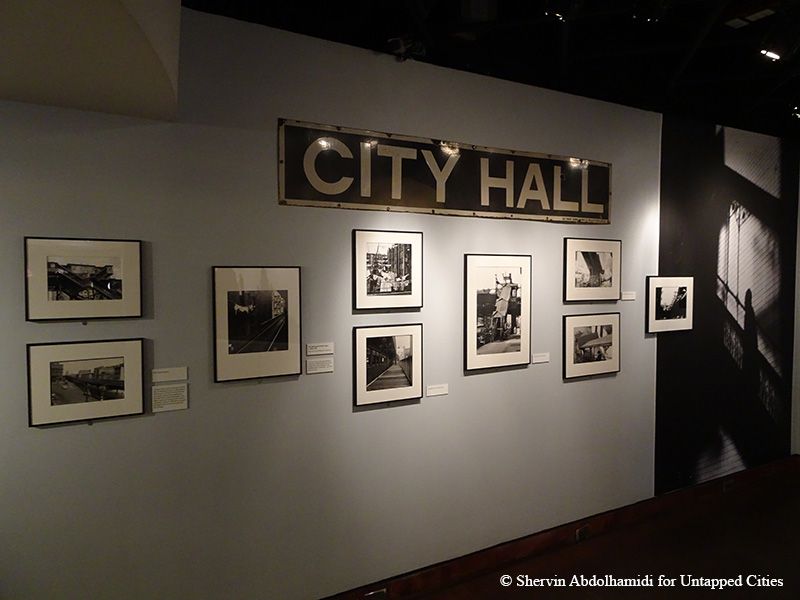
Deconstruction of the Third Avenue El: Photographs by Sid Kaplan is open to the public through July 9th at the New York Transit Museum Gallery Annex & Store at the Grand Central Terminal. The Gallery Annex is open Monday through Friday, 8 a.m. to 8 p.m; Saturday and Sunday, 10 a.m. to 6 p.m.
Join us for our next tour of the Secrets of Grand Central:
Tour of the Secrets of Grand Central Terminal
or our underground tour of the NYC Subway:
Underground Tour of the NYC Subway
Next up read 10 Fun Facts About NYC’s New Second Avenue Subway Line, The Top 10 Secrets of Grand Central Terminal, and Delve into the History of the Second Avenue Subway in New York Transit Museum Exhibit “Next Stop: Second Avenue Subway”
Subscribe to our newsletter